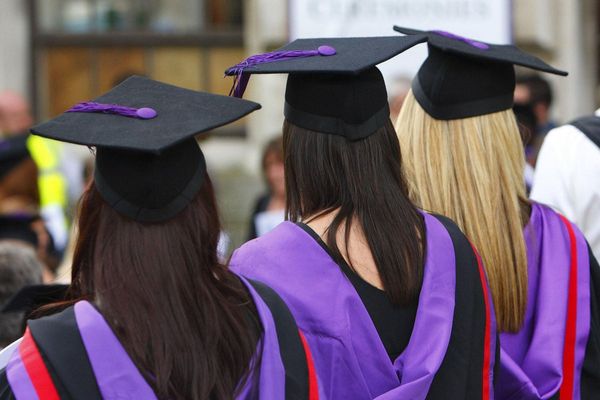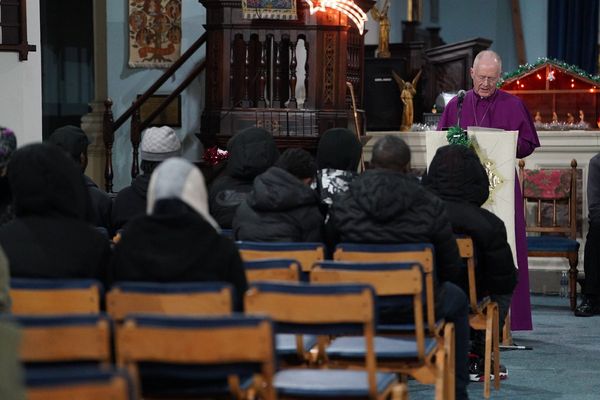Leaders of six communities in Assam, which are agitating for Scheduled Tribe status in their State, have stressed the need to stay united in their fight. The leaders of Tai-Ahom, Matak, Moran, Chutia, Koch-Rajbongshi, and Adivasi communities have cautioned that they are being pitted against each other, even as they are headed for a fresh round of meetings with the All Assam Tribal Sangha (AATS), an umbrella body of existing STs, over their demands.
Efforts to keep representatives of all six agitating communities together has been renewed, especially since one faction of the Chutia community - the Chutia Yuva Sanmilan - announced recently that they would be breaking away from the group that has so far been meeting with the AATS and the government over demands to be classified as STs.
While the All Assam Chutia Students’ Union continues to be part of the group leading negotiations, the exit of the Chutia YS came within days of a meeting between Chief Minister Himanta Biswa Sarma, the six agitating communities, and the AATS. At the meeting, a consensus was arrived at regarding the inclusion of just two of the six agitating communities - Matak and Moran - with more meetings promised to discuss the possibility of including the others.
“We have no problem with Matak and Moran communities getting ST status but our fight is for all six communities and we are trying our best to do that now while also making sure that our community does not get left behind,” said Raju Chutia, General Secretary of the All Assam Chutia Students’ Union, adding that they are “not willing to accept half-measures”.
Udayan Kumar Gogoi of the Ahom Jatiyatabadi Juba Parishad told The Hindu, “For now, the main student unions of all six communities remain together and we will demand inclusion of all six communities in following meetings. But the meetings so far have not yielded much results. It seems that the AATS has some understanding with the government.”
“We do not want to fight each other or the existing ST communities. Our demand for inclusion does not call for exclusion of any existing community,” Mr. Gogoi added.
Sources privy to details of the meetings between the six communities and the AATS explained that the Tea Tribes faced potential roadblocks as they were not originally indigenous and were brought into the State as labourers from elsewhere. It is also not clear whether one can categorise a tribe based solely on their occupation.
Other considerations holding off approval for communities like Tai-Ahom were that they were already better-off and that their population was too high and spread throughout the State, which would affect the share of entitlements to existing STs. In addition, there was no consensus on whether the Koch-Rajbongshi community should be declared as an ST across multiple districts or just a few select ones.
One source added that the Matak and Moran communities are closer to inclusion ahead of the others because of their relatively fewer numbers and concentration in fewer areas like Dibrugarh and Tinsukia.
Put together, the six communities agitating for ST status in Assam comprise at least 30% of the State’s electorate. Adding them to the ST list would significantly increase the ST population in the State and reduce the share of entitlements available to the existing ST communities unless the quota is increased from the present 10% for tribes in plains and 5% for tribes in the hills.
The erstwhile Minister of Tribal Affairs, Jual Oram, had in January 2019 introduced a Bill in Rajya Sabha, seeking to amend the Constitution (Scheduled Tribes) Order, 1950 to add 41 communities to the list of STs in Assam, including "Tai-Ahom, Koch-Rajbongshi, Matak, Moran, Chutiya", and some of the listed sub-groups of the Tea Tribes. However, this Bill remains pending in Parliament.







